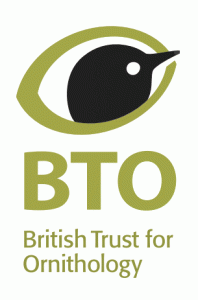Once one of the UK’s most common birds, House Sparrows are in decline. Our House Sparrow bird guide is here to help you spot those feathered friends and learn how to help them in your garden. Although there’s no clear explanation for the decline, fingers have been pointed at everything from pollution to disease. One of the best ways to encourage their return to your garden is feeding them.

To find out more about other birds, take a look at our interactive bird guide.

About
House sparrows are sociable birds which mostly travel in small flocks. They are brown with black specks. Males can be identified by the black bib on their face
Locations
Can be spotted in most areas in England
Habitat
Farms, gardens and urban areas
Diet
Seeds and berries
Breeding
Breeding season is between March and August. House Sparrows can lay two, possibly three broods per year, each containing 4-5 eggs which are white or grey with darkened blotches. Nests are usually positioned in a hole and are made from grass or straw and lined with hair or wool. Incubation lasts 13-15 days
BTO Facts
According to Garden BirdWatch data, which has been collected since 1995, House Sparrows are most frequently seen during June, in around 77% of gardens. House Sparrows have declined in gardens since Garden BirdWatch began. Although reasons behind this decline are not known, the availability of food and nest sites in urban areas is thought to be a significant contributing factor.





